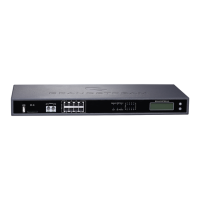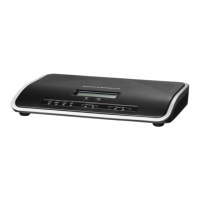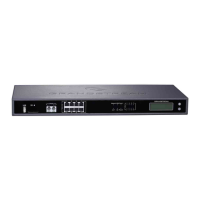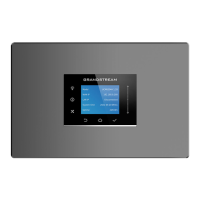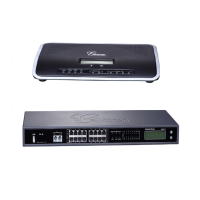P a g e | 234
UCM6510 IP PBX User Manual
Version 1.0.20.31
Default string is ${CALLERID(name)} which means the name of an
incoming caller, it is a pattern-matching syntax format.
A${CALLERID(name)}B means Prepend a character 'A' and suffix a
character 'B' to ${CALLERID(name)}.
Not using pattern-matching syntax means setting fix name to incoming
caller.
Enable Route-Level Inbound
Gives uses the ability to configure inbound mode per individual route. When
enabled two fields will show allowing to set the Inbound mode and the
Inbound mode Suffix.
Note: Global inbound mode must be enabled before users can configure
route-level inbound mode
Choose the inbound mode for this route.
Note: Toggling the global inbound mode will not affect routes that have
Route-level Inbound Mode enabled. If all routes have the option enabled,
toggling the global inbound mode via BLF will trigger a voice prompt
indicating that none of the routes will be affected by the global inbound
mode change.
Dial "Global Inbound Mode feature code + Inbound Mode Suffix" or a route's
assigned suffix to toggle the route's inbound mode.
The BLF subscribed to the inbound mode suffix can monitor the current
inbound mode.
Multiple mode allows user to switch between destinations of the inbound
rule by feature codes. Configure related feature codes as described in
[Inbound Route: Multiple Mode]. If this option is enabled, user can use
feature code to switch between different modes/destinations.
This option shows up only when "By DID" is selected. If enabled, the
external users dialing in to the trunk via this inbound route can dial outbound
call using the UCM6510’s trunk.
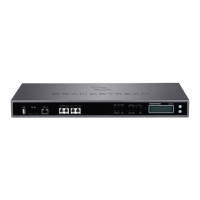
